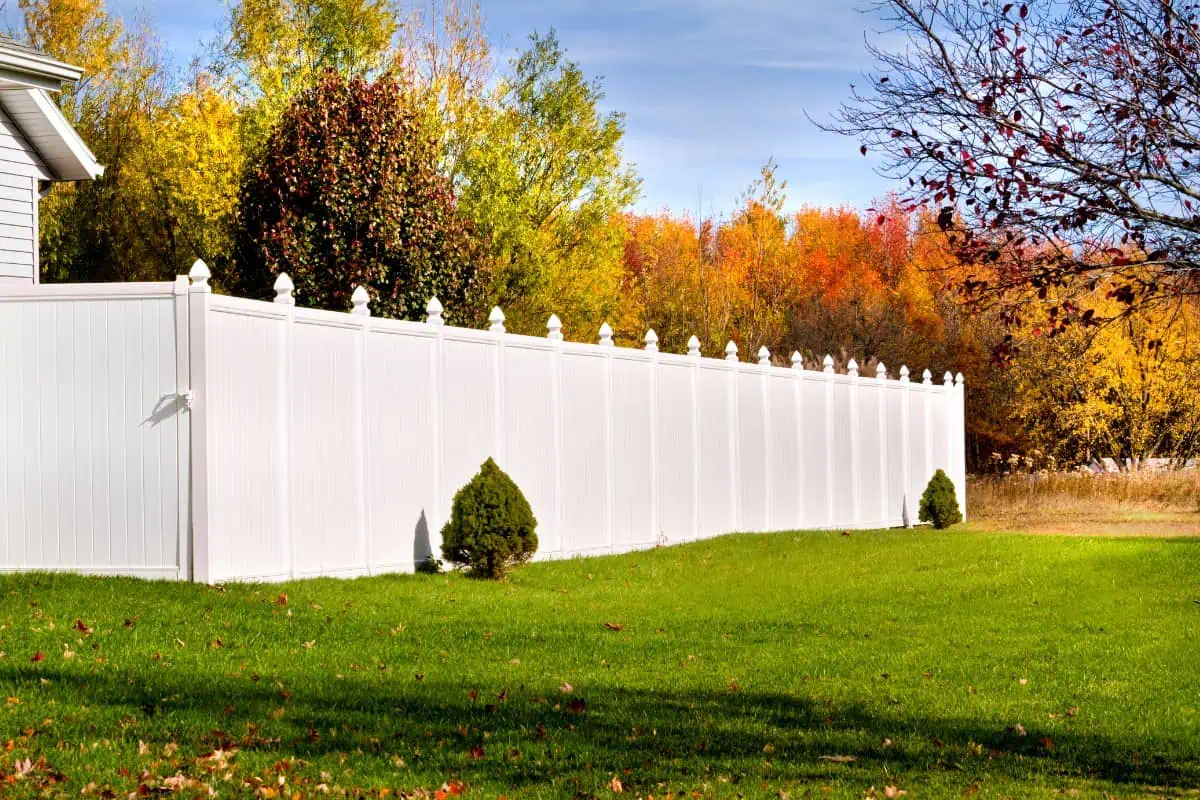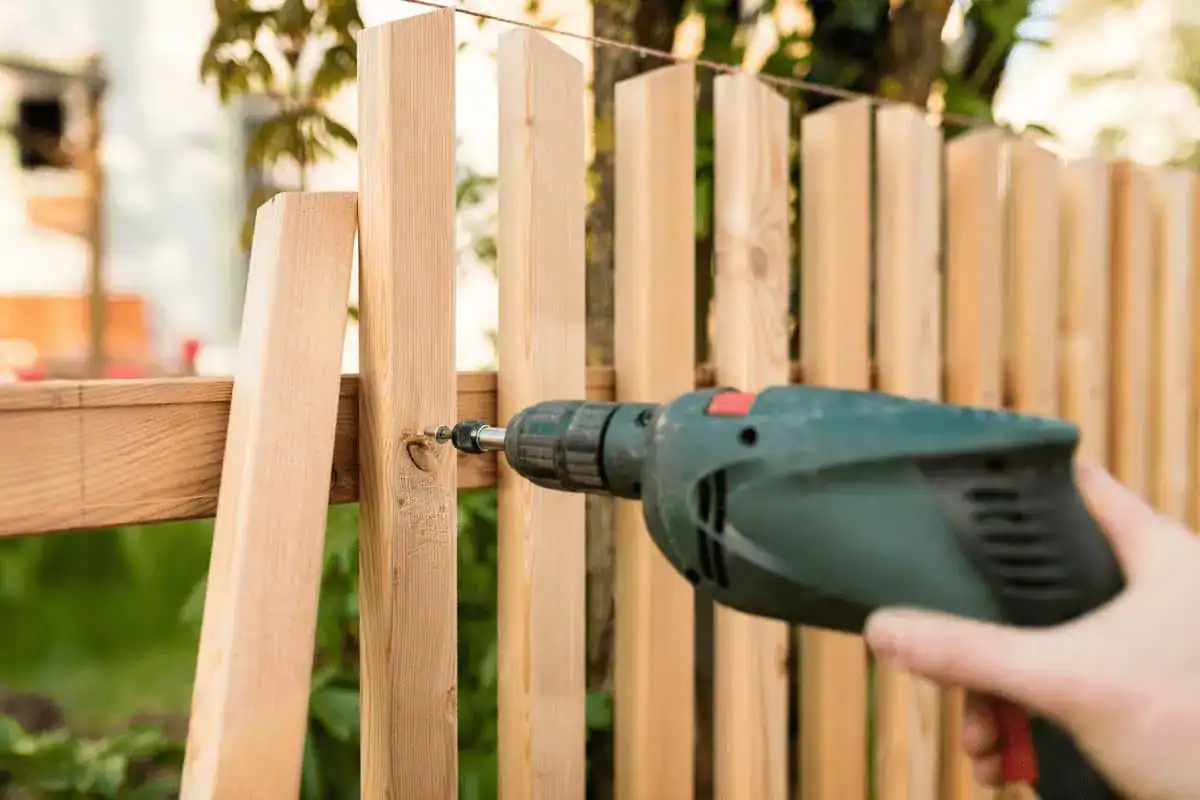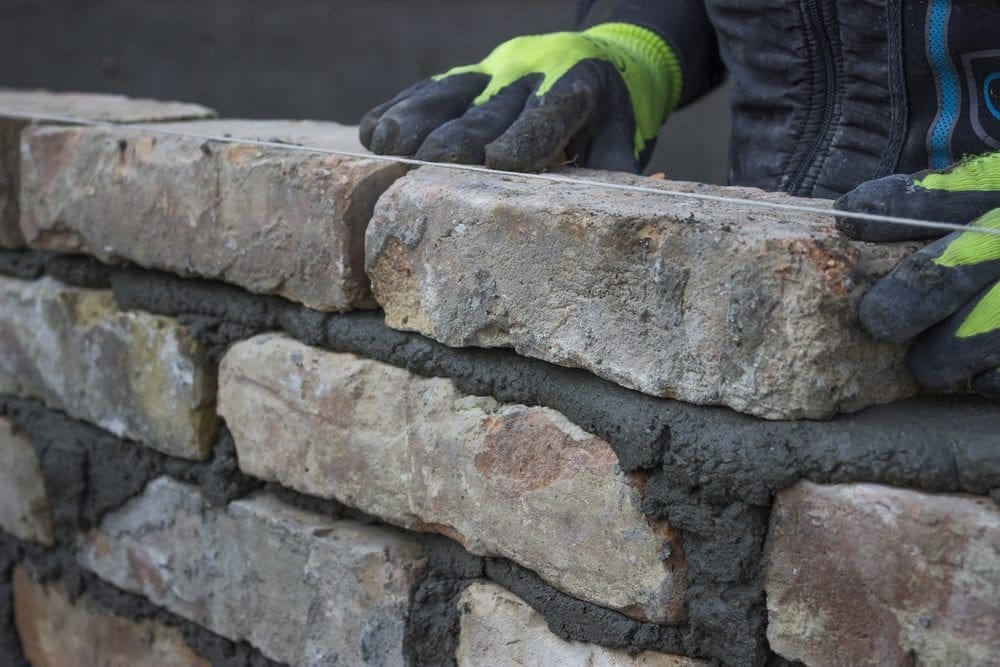Summary:
Why Sustainable Landscaping Works Better in Fairfield County
Traditional landscaping fights against Connecticut’s natural conditions instead of working with them. You end up pouring water on thirsty non-native plants during our dry spells, then watching them struggle through wet springs and harsh winters.
Sustainable landscaping flips this approach. It uses plants that actually want to be here, designs that handle our weather patterns, and systems that work with natural water cycles instead of against them. The result? Less work for you, lower costs, and landscapes that look better year-round because they’re designed for exactly where you live.
Native Plants That Thrive in Connecticut's Four-Season Climate
Connecticut native plants have spent thousands of years adapting to our specific conditions. They know how to handle wet springs, summer droughts, and harsh winters without constant intervention from you.
Take native grasses like Little Bluestem or Switchgrass. They develop deep root systems that access water traditional lawn grass can’t reach. During summer dry spells, they stay green while your neighbor’s Kentucky bluegrass turns brown. In fall, they provide beautiful color and seed heads that feed birds through winter.
Native perennials like Black-eyed Susan, Purple Coneflower, and New England Aster bloom for months, not weeks. They support local pollinators that help your vegetable garden produce better, and they come back stronger each year instead of needing replacement.
The key is choosing plants based on your specific site conditions. Wet areas near downspouts? Try Wild Ginger or Ferns. Sunny, dry spots? Little Bluestem and Wild Bergamot thrive there. Shady areas under trees? Wild Columbine and Coral Bells add color without competing with tree roots.
Most native plants need minimal fertilizer once established because they’ve evolved to thrive in Connecticut’s natural soil conditions. This means fewer chemicals in your groundwater and less money spent on soil amendments.
Drought-Tolerant Landscaping That Actually Looks Good
Drought-tolerant doesn’t mean desert landscaping with cacti and gravel. Connecticut has plenty of beautiful native plants that handle dry conditions while creating the lush, green look most homeowners want.
Native sedums provide ground cover that stays green through dry spells and produces attractive flowers. Wild Ginger creates carpet-like coverage in shaded areas. Native ferns like Christmas Fern stay green year-round and tolerate both drought and root competition from trees.
For larger areas, consider native meadow plantings. A mix of native grasses and wildflowers creates a naturalistic look that requires no watering once established. These areas become wildlife habitat while reducing your mowing and maintenance time.
The secret to successful drought-tolerant landscaping is proper plant placement and soil preparation. Group plants with similar water needs together. Improve drainage in heavy clay areas by adding organic matter. Mulch around plants to retain soil moisture and suppress weeds.
Even drought-tolerant plants need water during their first year while establishing roots. After that, most native plants in appropriate locations require no supplemental watering except during extreme drought conditions.
This approach can cut your landscape water usage by 50-70% compared to traditional plantings while creating more interesting and diverse outdoor spaces.
Rain Gardens and Natural Stormwater Management
Every time it rains, water runs off your roof, driveway, and walkways, picking up pollutants and creating erosion problems. Traditional landscaping either ignores this water or tries to get rid of it as quickly as possible.
Rain gardens capture this runoff and filter it naturally through plants and soil. They’re not swamps or ponds—they’re specially designed depressions that hold water temporarily during storms, then drain within 24-48 hours. The result is cleaner water reaching local streams and rivers, plus attractive landscape features that require no irrigation.
Designing Rain Gardens That Work in Connecticut
Effective rain gardens start with understanding your property’s water flow patterns. Walk around during a heavy rain and see where water naturally collects or flows. These areas are prime candidates for rain garden installation.
Size matters, but bigger isn’t always better. A rain garden should be about 20-30% of the drainage area it serves. For a typical residential application, this usually means a garden between 100-300 square feet. The depth should be 6-8 inches in most Connecticut soils.
Plant selection is crucial for success. Native plants that tolerate both wet and dry conditions work best. Blue Flag Iris handles standing water beautifully, while Wild Bergamot and Black-eyed Susan thrive during dry periods between storms. Native grasses like Blue Joint Grass provide structure and help with water infiltration.
Location is critical. Rain gardens should be at least 10 feet from building foundations and away from septic systems. They work best in areas with gentle slopes and well-draining soil. If you have heavy clay soil, you’ll need to amend it with compost and sand to improve drainage.
The maintenance is minimal once established. Remove weeds during the first two years while plants establish. Add mulch annually to suppress weeds and retain moisture. Replace any plants that don’t survive, but this is rare with proper plant selection.
Rain gardens typically remove 90% of nutrients and chemicals from stormwater runoff, making them incredibly effective at protecting local water quality while creating attractive landscape features.
Water-Wise Irrigation and Conservation Strategies
Even sustainable landscapes need water, especially during establishment. The difference is using water efficiently and reducing long-term dependence on irrigation.
Drip irrigation systems deliver water directly to plant roots with minimal evaporation loss. They use 30-50% less water than sprinkler systems while providing more consistent moisture to plants. Smart controllers adjust watering based on weather conditions, soil moisture, and plant needs.
Mulching is your most effective water conservation tool. A 2-3 inch layer of organic mulch around plants reduces evaporation, moderates soil temperature, and suppresses weeds that compete for water. Use shredded leaves, wood chips, or compost—all readily available in Connecticut.
Timing matters for both irrigation and natural rainfall. Water early morning to reduce evaporation losses. Avoid watering during the heat of the day or in the evening when moisture can promote fungal diseases.
Soil improvement increases water retention naturally. Adding compost to planting areas helps sandy soils hold moisture longer and improves drainage in clay soils. This means less frequent watering and healthier plants.
Consider rainwater harvesting for non-potable landscape use. Rain barrels or cisterns capture roof runoff for later use during dry periods. This reduces demand on municipal water supplies while providing chemical-free water for plants.
Group plants with similar water needs together in your landscape design. This prevents overwatering drought-tolerant plants or underwatering moisture-loving species. It also makes irrigation system design more efficient and effective.
Creating Your Sustainable Fairfield County Landscape
Sustainable landscaping isn’t about sacrificing beauty for environmental responsibility—it’s about creating landscapes that work better because they’re designed for your specific location and conditions. The homeowners who’ve made this transition report lower maintenance costs, less time spent on yard work, and more enjoyment of their outdoor spaces.
The key is starting with a plan that considers your property’s unique conditions, your lifestyle needs, and Connecticut’s climate realities. Whether you’re interested in native plant gardens, rain garden installation, or comprehensive sustainable landscape design, the investment pays dividends through reduced maintenance, lower utility costs, and increased property value.
Ready to explore how sustainable landscaping can transform your property? We’re here to discuss your goals and learn how eco-friendly practices can create the beautiful, low-maintenance landscape you’ve been wanting.




